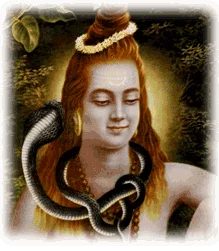Beyond the Buzz: Why “Legal Intoxicants” Aren’t As Harmless As The Propaganda Says
The term “legal intoxicants” might sound harmless, conjuring images of unwinding with a glass of wine or celebrating with a craft beer. But the reality is far more ominous. Find out how their impact on health and well-being can be far from benign.
The Problem with Seeing Wrong
There are a lot of jokes about people who cannot see correctly–the Mr. Magoo films and television programs are a prime example. But in real life it is no joke, and in the more real life of the spirit it is even less so.
Living Without Desire in the World Today
“Desire” is the usual translation of the Sanskrit word kama, which means desire, passion, or lust. Desire arises from the ego and is always “I want” with little regard for the principles of spiritual life or the ultimate consequences of fulfilling such desire.
Vairagya and Abhyasa – How to Deal with the Stormy Mind
Sutras 12 through 16 of Book One of the Yoga Sutras of Patanjali Yoga Sutras 1:12. Their suppression [is brought about] by persistent practice [abhyasa] and non-attachment [vairagya]. Two things are needed for the ending of mental modifications. One is abhyasa–sustained spiritual practice. This is why … Continue reading
Rainproofing Our Mind
In the last century (!) millions of people listened to a vinyl Beatle croon: I’m fixing a hole where the rain gets in, And stop my mind from wandering.… I’m filling the cracks that ran through the door And keep my mind from wandering.… As … Continue reading
What Is the Mind?: A Meditator’s Guide, Part 1
What is the mind? Sanskrit and Pali have the same word for mind: mana. Mana comes from the root verb man, which means “to think.” However, mind takes in more territory than the intellect; it includes the senses and the emotions.







